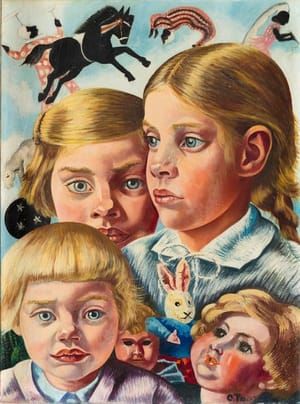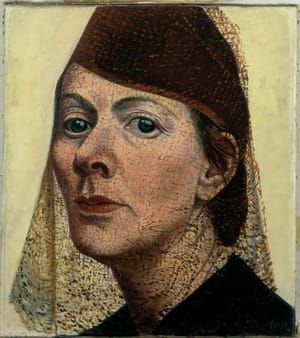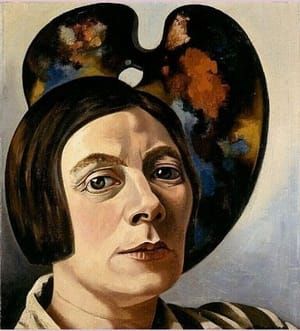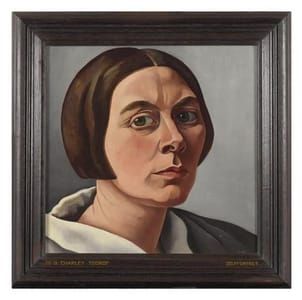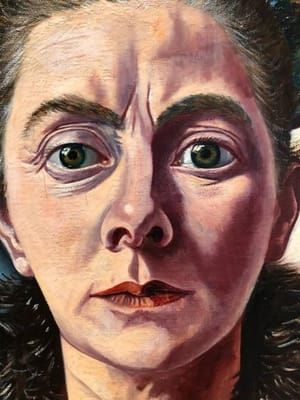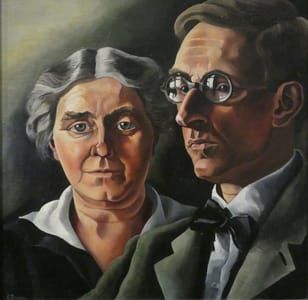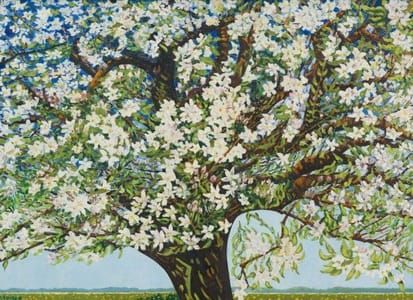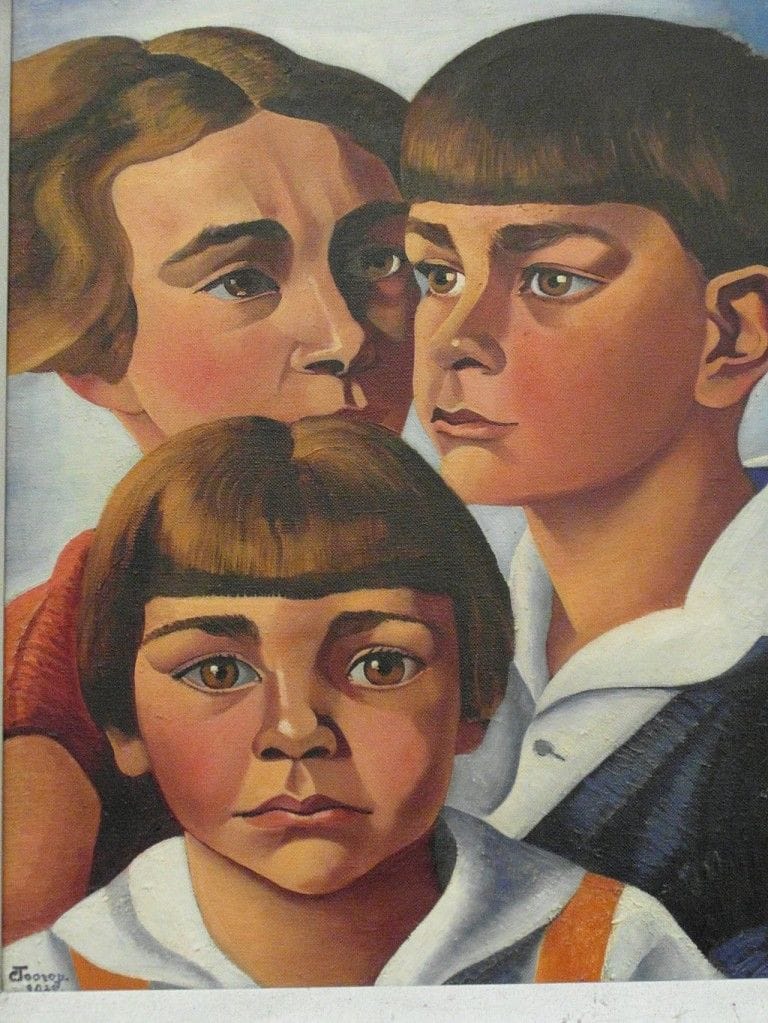

Kinderen Rädecker ( The Rädecker Children), 1928
Charley Toorop
Charley Toorop was one of the most important Dutch painters of the interbellum. She grew up in an artistic environment. Like her father Jan Toorop she had a large circle of friends and intellectuals around her. One of those friends was sculptor and painter John Rädecker, who came to know Charley in Amsterdam in 1916. Various works of art bear witness to their lifelong friendship. Rädecker sculpted, for example, a portrait of Charley's daughter Annetje and Charley in 1928, in turn, painted the three children of John and Annie Rädecker. In the 1920s, Charley Toorop developed her characteristic intriguing style in which the figures look magnified in reality. A striking feature of the portraits Charley painted in this period is the strong individuality of the images depicted. She preferred to paint directly from the model. That meant sitting still for long periods for the "victim" because Charley was not soon happy with her work. The "Children Rädecker" (left behind Annie, right Hannie and middle of Noeki) are displayed with bright, pronounced facial features and in hard contours, closed off from the background and from each other. The lack of interaction between the children is uncomfortable to the spectator. Charley, however, was not pursuing a sentimental children's portrait but a powerful composition in colors and volumes. Text for the Favorites Book 2005 Dr. Hildelies Balk.
(Google translation of text at http://www.museumdefundatie.nl/en/explore-the-collection/object/?pagina=0&id=9&vervaardigers=&techniek=&datums=&query=toorop)
Uploaded on Aug 7, 2017 by Suzan Hamer
Charley Toorop
artistArthur
Wait what?


